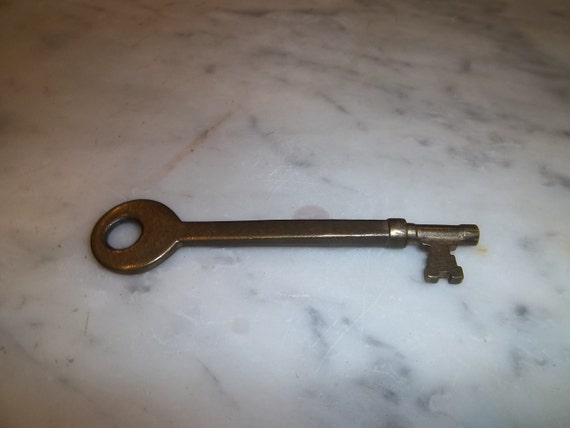Pete Lassen said:
Craig, that was unsportsmanship of them to do that. Almost all construction equipment from a manufactuer has 1 key to operate anything from a small backhoe to D10 bulldozers to 200ton mine trucks. So with about 10 keys you can open doors and run almost any piece of equipment out there. Is it the same for locomotives, with 1 key you can run any EMD loco??
The “key” to make a locomotive run is a reverser. The reverser is what makes the choo choo go back and forth. What I was talking about was the door lock. Generally, on the engineers side the door can be locked from the inside, and the firemans’s side has the exterior lock. The key looks really similar to a caboose key, but slightly different. And yes, one key opens GE products and one let opens EMD products. Reversers work on everything, and in a pinch the caboose key can be used as a reverser… Not that I would have ever done that before…
Exhibit A reverser.

Exhibit B locomotive door key








